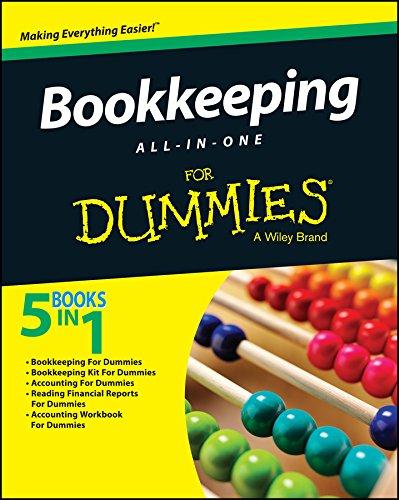Question
Question 1: Chapter 5: Retail Accounting Urdan Co. distributes suitcases to retail stores and extends credit terms of 1/10, n/30 to all of its customers.
Question 1:
Chapter 5: Retail Accounting
Urdan Co. distributes suitcases to retail stores and extends credit terms of 1/10, n/30 to all of its customers. During the month of July, the following merchandising transactions occurred.
July 1 Purchased suitcases on account for $1,800 from Hostad Manufacturers, FOB destination, terms 2/10, n/30. The appropriate party also made a cash payment of $100 for freight on this date.
3 Sold suitcases on account to Kaye Satchels for $2,000. The cost of suitcases sold is $1,200.
9 Paid Hostad Manufacturers in full.
12 Received payment in full from Kaye Satchels.
17 Sold suitcases on account to The Going Concern for $1,800. The cost of the suitcases sold was $1,080.
18 Purchased suitcases on account for $1,900 from Nelson Manufacturers, FOB shipping point, terms 1/10, n/30. The appropriate party also made a cash payment of $125 for freight on this date.
20 Received $300 credit (including freight) for suitcases returned to Nelson Manufacturers.
21 Received payment in full from The Going Concern.
22 Sold suitcases on account to Wopat's for $2,250. The cost of suitcases sold was $1,350.
30 Paid Nelson Manufacturers in full.
31 Granted Wopat's $200 credit for suitcases returned costing $120.
Urdan's chart of accounts includes the following: Cash, Accounts Receivable, Inventory, Accounts Payable, Sales Revenue, Sales Returns and Allowances, Sales Discounts, and Cost of Goods Sold.
Instructions Journalize the transactions for the month of July for Urdan using a perpetual inventory system.
Question 2:
Chapter 6: Inventory Valuation
The management of Patel Co. is reevaluating the appropriateness of using its present inventory cost flow method, which is average-cost. They request your help in determining the results of operations for 2019 if either the FIFO method or the LIFO method had been used. For 2019, the accounting records show the following data.
Inventories Purchases and Sales
Beginning (15,000 units) $32,000
Total net sales (217,000 units) $865,000
Ending (28,000 units)
Total cost of goods purchased (230,000 units) 600,000
Purchases were made quarterly as follows.
Quarter Units Unit Cost Total Cost
1 60,000 $2.40 $144,000
2 50,000 2.50 125,000
3 50,000 2.70 135,000
4 70,000 2.80 196,000
Total 230,000 $600,000
Operating expenses were $147,000, and the company's income tax rate is 34%.
Instructions (a) Prepare comparative condensed income statements for 2019 under FIFO and LIFO. (Show computations of ending inventory.) (b) Answer the following questions for management. (1) Which cost flow method (FIFO or LIFO) produces the more meaningful inventory amount for the balance sheet? Why? (2) Which cost flow method (FIFO or LIFO) produces the more meaningful net income? Why?
Step by Step Solution
There are 3 Steps involved in it
Step: 1

Get Instant Access to Expert-Tailored Solutions
See step-by-step solutions with expert insights and AI powered tools for academic success
Step: 2

Step: 3

Ace Your Homework with AI
Get the answers you need in no time with our AI-driven, step-by-step assistance
Get Started


